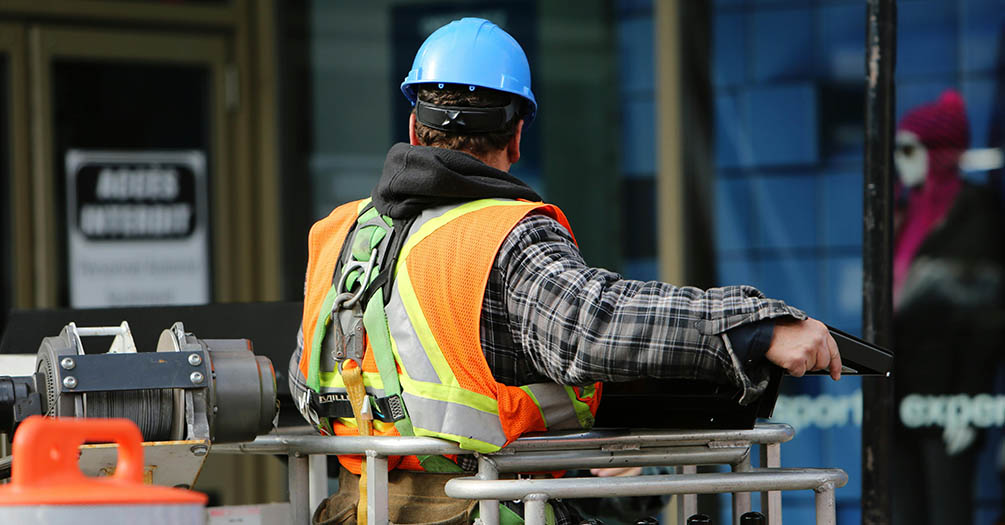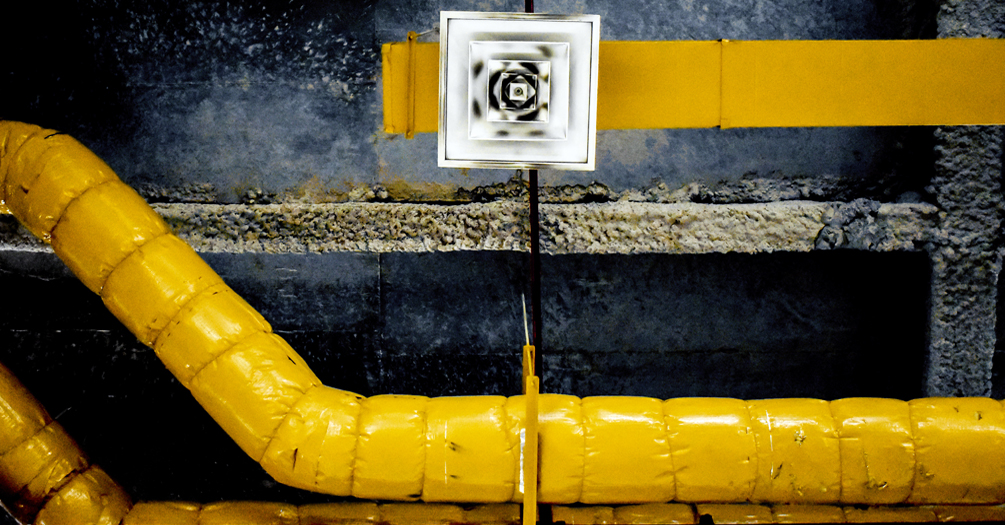
Federal budget cuts and worker safety
Michigan Public Health professor and researcher Rick Neitzel warns that federal cuts to the National Institute for Occupational Safety and Health, which has lost two-thirds of its staff, will lead to more preventable workplace injuries and deaths across industries from mining to healthcare.





